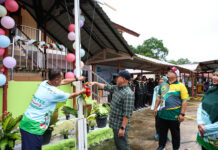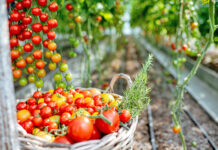Even the most seasoned gardeners can find themselves swept away by the demands of life. Responsibilities and realities often pull us away from the peaceful routine of tending to our gardens.
It’s disheartening to see a once lush and thriving space fall into disarray, with dried leaves and dead flowers. But if you’re a gardener worth your soil, you understand and are more in tune with this cycle of life.
You know that life happens, and that one day can be filled with rain, only for a scorching heatwave to follow. No matter how much you prepare, life and Mother Nature remain unpredictable.
An experienced gardener doesn’t try to bend the elements to their will; instead, they work with them. This adaptability is embodied in the concept of “plant B.”
Some call them insurance cuttings – propagations made from cherished plants, just in case something happens to the mother plant.
As a connoisseur of hoyas, a leafy vining plant, I am particularly aware of this practice. It has become a standard procedure for me whenever I prune.
These propagations can certainly make nice plants for sale, but I often find myself holding on to these pups longer than I should if I initially intended to sell them.
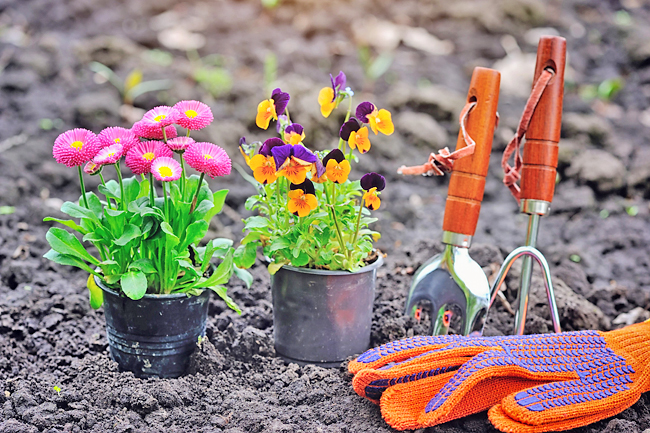
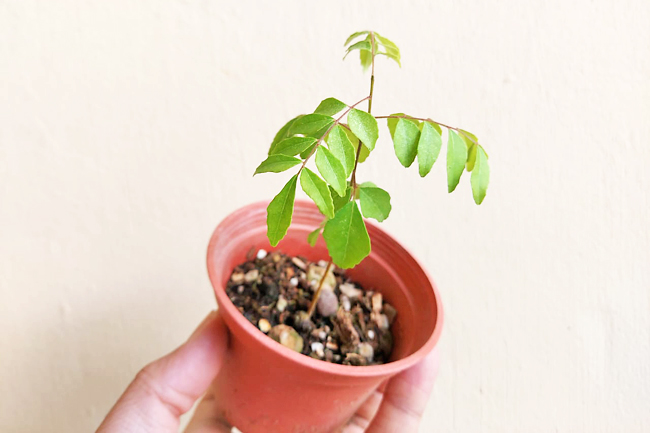


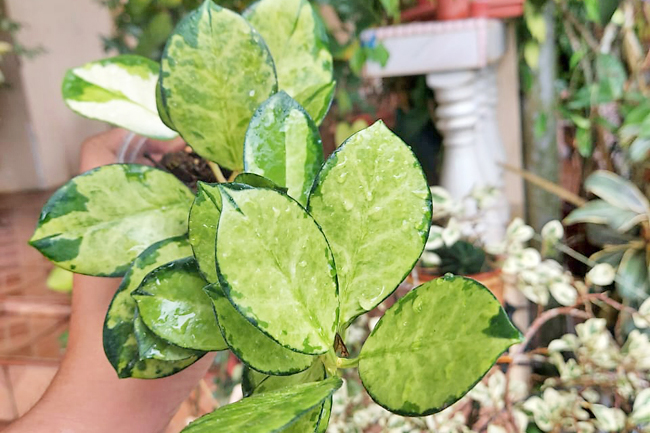
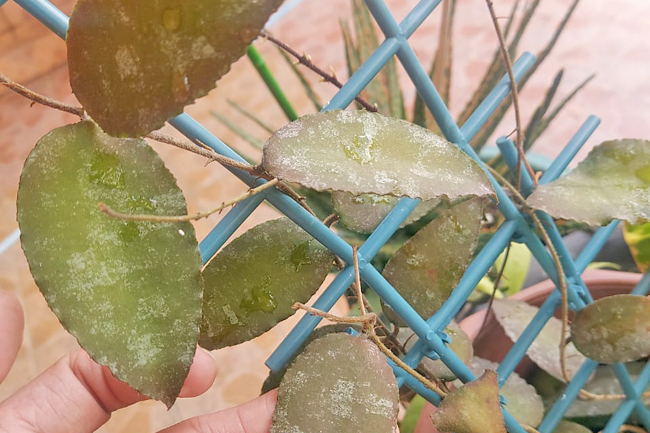

They become plant Bs, and they come in handy, especially when I find myself too busy to care for the garden beyond daily waterings.
Plant Bs offer profound life lessons. Stumbling upon forgotten propagations and feeling grateful for them when the mother plant has succumbed to something is a powerful reminder of resilience and preparation.
For instance, even as an enthusiast of hoyas, not all hoyas thrive equally well. Take the hoya caudata, known for its jagged ridges, silver splotches, and unique texture.
For years, my hoya caudata never seemed to thrive. Then, this year, I found myself staring at one of the hairiest hoya blooms I have ever seen, a bloom unique to the caudata. For about two to three years, this hoya epitomised the local phrase hidup segan, mati tidak mahu (reluctant to live but unwilling to die).
It would die often, and I would propagate just as much. At this point, the currently blooming hoya caudata I have is not a plant B, but maybe even a plant G.
With each new propagation, I understood the plant better. It had different requirements than regular hoyas.
With each new death and life cycle, I would experiment and learn something new. I discovered that it can tolerate a lot of light and sometimes prefers it and that it needs a delicate balance between keeping moist and well-draining, erring more on the drier side.
All of this learning wouldn’t have happened if I hadn’t kept failing and kept preparing for failure. This is a roundabout way of saying that in the world of gardening, like in life, its okay not to be perfect and to struggle.
Not all gardens are created equal, but each one holds its own beauty. The beauty doesn’t just come from the plants you grow but from the effort you put into it.
It’s okay to lose a few plants or for your garden to fall into disarray. The beauty of gardening, at least in my eyes, lies in the idea of life continuously renewing itself.
A well-lived garden, with its own rhythms and resilience, will find its way to thrive.
Similarly, a seasoned gardener, having learned the language of nature, ensures that the garden will flourish in its unique way, whether he’s there to tend to it or not.
There’s a certain grace in accepting the ebb and flow of growth, understanding that every wilted leaf or stray weed is part of the cycle of life, contributing to the garden’s evolving story.
This introspection extends beyond the garden. Life is full of moments where our plans go awry, where our well-laid paths crumble, and where our efforts seem fruitless.
It’s in these moments of chaos and failure that we find our true resilience. Just as we propagate plants to prepare for potential loss, we must also prepare ourselves for life’s inevitable ups and downs.
Gardening teaches us patience and the importance of nurturing. It reminds us that growth takes time and that setbacks are a part of the process. It’s essential to recognise the value of these setbacks. They are not just failures; they are opportunities to learn, adapt, and grow stronger.
The concept of plant B is a metaphor for life’s contingencies. It’s about having a backup plan, being prepared for the unexpected and understanding that not everything will go as planned.
It’s about resilience and the ability to bounce back. When we embrace the unpredictability of life, we become more adaptable and resilient. We learn to appreciate the beauty in imperfection and the value of perseverance. The garden, with its cycles of growth and decay, becomes a reflection of our own lives. It teaches us to embrace change, to find joy in the small victories, and to remain hopeful even in the face of setbacks.
In moments of weakness, when life becomes overwhelming and the garden falls to the wayside, remember that there is always hope in a plant B. It is not just about ensuring the survival of a plant; it’s about understanding that even in moments of neglect or failure, there is always a chance for renewal and rejuvenation. So, keep those plant Bs close, dear readers.
In the end, the garden is a place of reflection, growth, and learning. It mirrors the journey of life, with its highs and lows, successes and failures. And through it all, we grow, we learn and we find beauty in the journey itself. – Wardi Wasli

